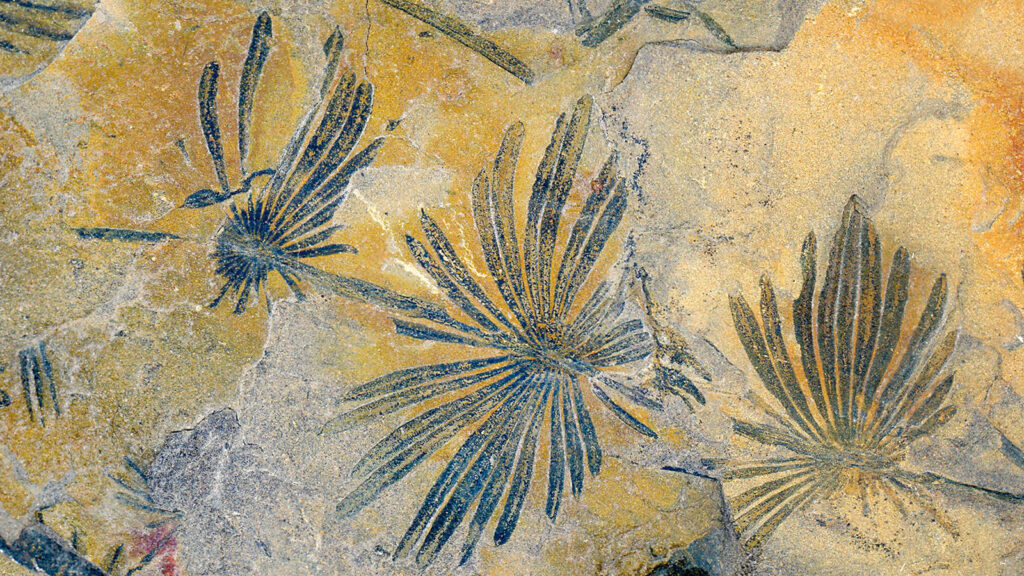When I was between 10 and 14 years old, I lived with my grandparents. My grandfather was a mountain farmer, hunter and experienced mountaineer. He told me about a remote place in the local mountains where he had seen imprints of ferns in the rocks. Later I looked for this place and found it. It was on a rather dangerous slope, but it gave insight into a lost paradise: There were fossils of ferns and horsetails there from the Carboniferous period 300 million years ago. In some cases, I split the rock and saw a miracle of bright green vegetation in all its detail. A few minutes later, the colours had faded. The fossil ferns catalysed my interest in nature and they still fascinate me today. Ferns reached a high level of perfection early in evolution. Today, after so long, they look virtually the same. What is time?
How did they manage to escape the otherwise aggressive competition for energy between species and develop a sustainable existence? The answer should be simple: Their energy consumption is restricted to solar energy, and the amount available is limited by the surface area of the plant. Would this be a possible strategy for the long-term survival of human civilisation? Quotas for energy consumption? Annularia, the horsetails, were big trees 300 million years ago. Sometimes it is easier to survive if you become more modest. On the other hand, we know that abundant energy, just like abundant money, promotes diversity and creativity. If this energy is provided in a sustainable way, a reasonable compromise can be found.


 Deutsch
Deutsch Italiano
Italiano